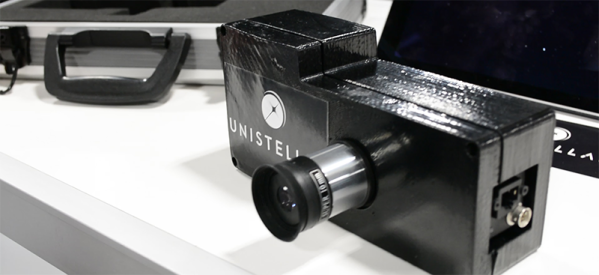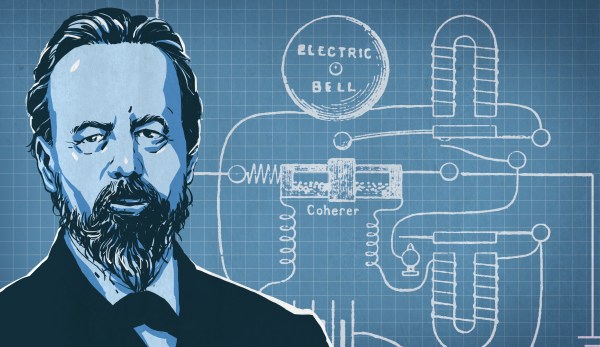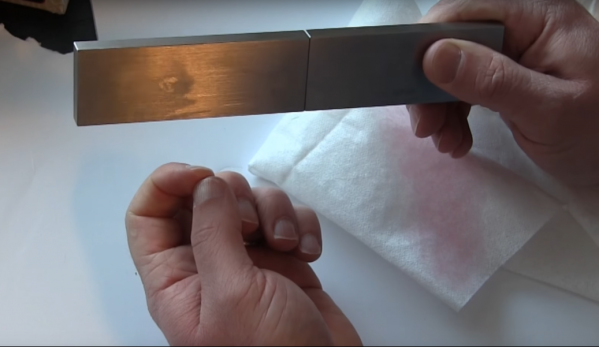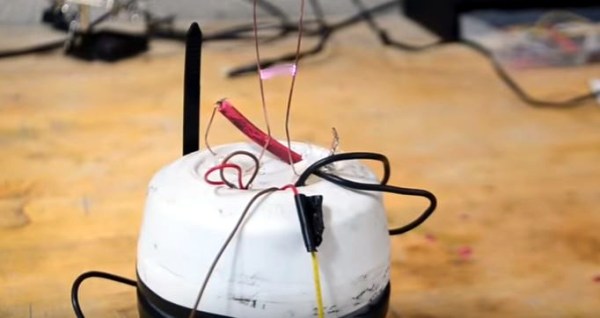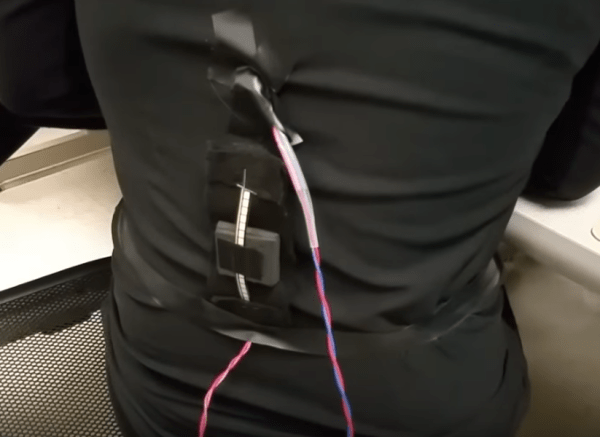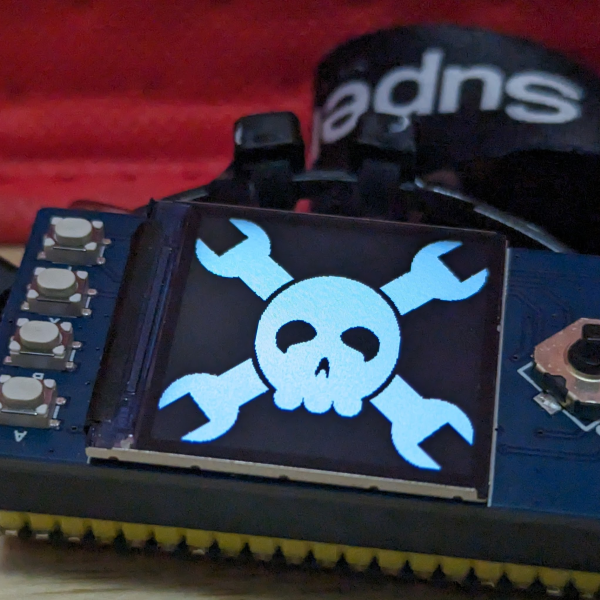If you’ve never set up a telescope in your back yard, you’ve never been truly disappointed. The Hubble can take some great shots of Saturn, nebulae, and other astronomical phenomena, but even an expensive backyard scope produces only smudges. To do astronomy properly, you’ll spend your time huddled over a camera and a computer, stacking images to produce something that almost lives up to your expectations.
At CES, Unistellar introduced a device designed to fit over the eyepiece of a telescope to do all of this for you.
According to the guys at Unistellar, this box contains a small Linux computer, camera, GPS, and an LCD. Once the telescope is set up, the module takes a few pictures of the telescope’s field of view, stacks the images, and overlays the result in the eyepiece. Think of this as ‘live’ astrophotography.
In addition to making Jupiter look less like a Great Red Smudge, the Unistellar module adds augmented reality; it knows where the telescope is pointing and will add a label if you’re looking at any astronomical objects of note.
While I wasn’t able to take a look inside this extremely cool device, the Unistellar guys said they’ll be launching a crowdfunding campaign in the near future.

